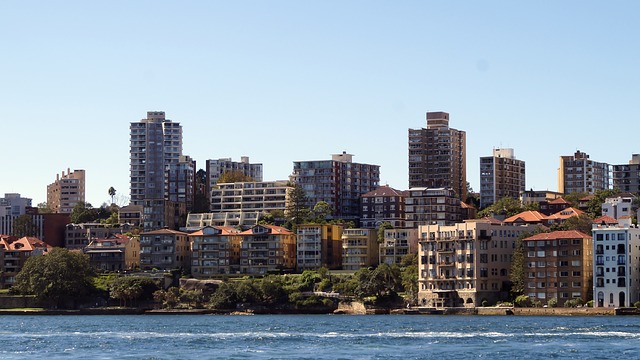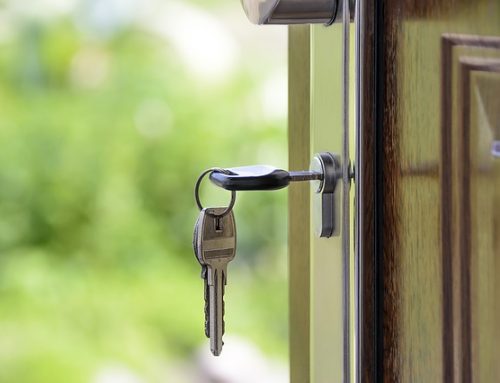The latest 2016 Census results reveal that across Australia the number of people renting accommodation has continued to increase because successive governments at State and Federal levels have failed to address the problem. Renters now outnumber owners without a mortgage and are just behind owners with a mortgage in over 150 Local Government Areas. The trend shows that renting is the new norm and that the situation is only getting worse.
Sydney, Brisbane and Melbourne have the highest number of Renters compared to Owners.
| Local Government Area | Owned outright | Rented | Difference |
| Sydney |
12,283 |
53,798 |
-41,515 |
| Brisbane |
108,007 |
148,365 |
-40,358 |
| Melbourne |
8,344 |
38,401 |
-30,057 |
Source: ABS Census 2016.
Click here to see the full list. Compare ‘Owned Outright’ with ‘Rented Columns’ to assess your own Local Government Area.
Since 2011 there is an extra 261,740 (ABS Census data) rental properties, confirming that the housing affordability crisis has not been addressed by successive governments and continued to worsen.
We are now a society of two halves – those who rent and those who own property. Not since the English times of Lords of the land and tenants has there been such a divide between the haves and have-nots. Trapped in the cycle of being unable to save due to high rents, renters are further disadvantaged as land owners increase their wealth off property.
The competition for the rental properties is also so fierce that entering the rental market is the new hunger games for millennials. With vacancy rates hovering around two per cent tenants are forced to fight it out and outbid each other to get a property to rent – further pushing them into disadvantage. Once they have entered the rental market and have a HECS/HELP debt they have been allocated the new lowest caste in society – the forever renter. Once caste into high rent, it is difficult for them ever to break out of the renting cycle and become and an owner.
The Census data provides a much-needed wake up call to all levels of government about the need to create an integrated approach to deal with housing affordability, and there’s no hiding from the numbers.
I find the lack of an integrated government policy on housing affordability to be a policy failure by all current and recent governments. Their efforts have been piecemeal, not one of them has even bothered to set a housing affordability target, and we all know ‘if you don’t count it when it comes to policy, it doesn’t matter’. We have to ask, how many Australians should be able to afford to buy and pay off a home? The refusal to set a target shows they’re just not serious about helping young Australians in particular buy and pay off a home.
I challenge policy makers at all levels of government to set housing affordability targets and implement policy from targets. They need to set a clear target: How many Young Australians should be able to buy and pay off a home?
I doubt though that they have the political will, given topics like negative gearing have become political footballs, rather than a policy setting for what’s in the national interest.
Governments are robbing Young Australians of a secure and independent financial future and that hurts every Australian, given the impacts it will create. I believe we’re at the dawn of changing Australian society permanently, creating future generations of permanent renters – KRAMPPs – Kids Renting Amongst Massive Prices Permanently.
That’s why we need to create a non-political entity to advise the government on how to improve housing affordability. I propose we create a National Housing Affordability Planning Organisation (NHAPO). NHAPO would have access to high-level economic analysis and could then work with existing city-based groups such as The Greater Sydney Commission along with infrastructure bodies such as infrastructure Australia as well as Federal, State, Local Governments and their Departments. NHAPO should be given the power to set interim and long-term housing affordability targets for each city with a focus on infrastructure to make the cities more livable and more capable of dealing with immigration and population growth.
NHAPO would also need to have the authority to convert the planning into action. This process also needs to get greater consensus among local communities where change will occur and those who will need to build the developments. So a very open and continuous process of consultation and communication will be required. I believe that having articulated housing affordability goals will aid local communities in better understanding the reasons for a change.






